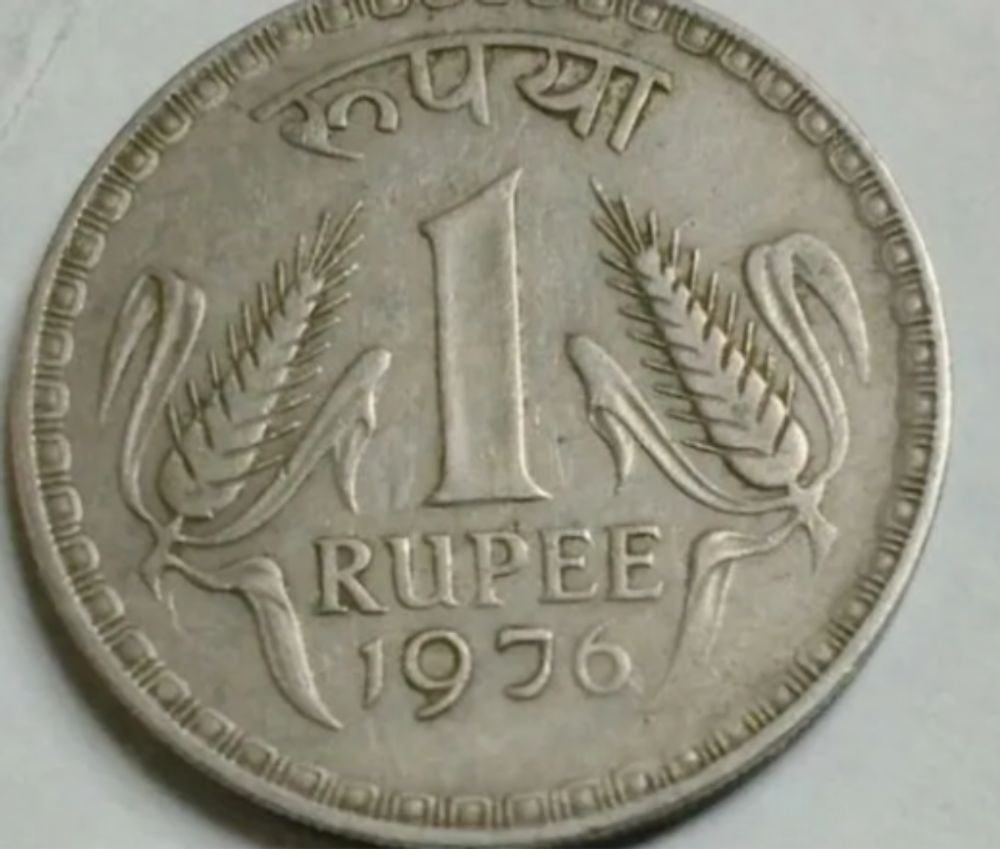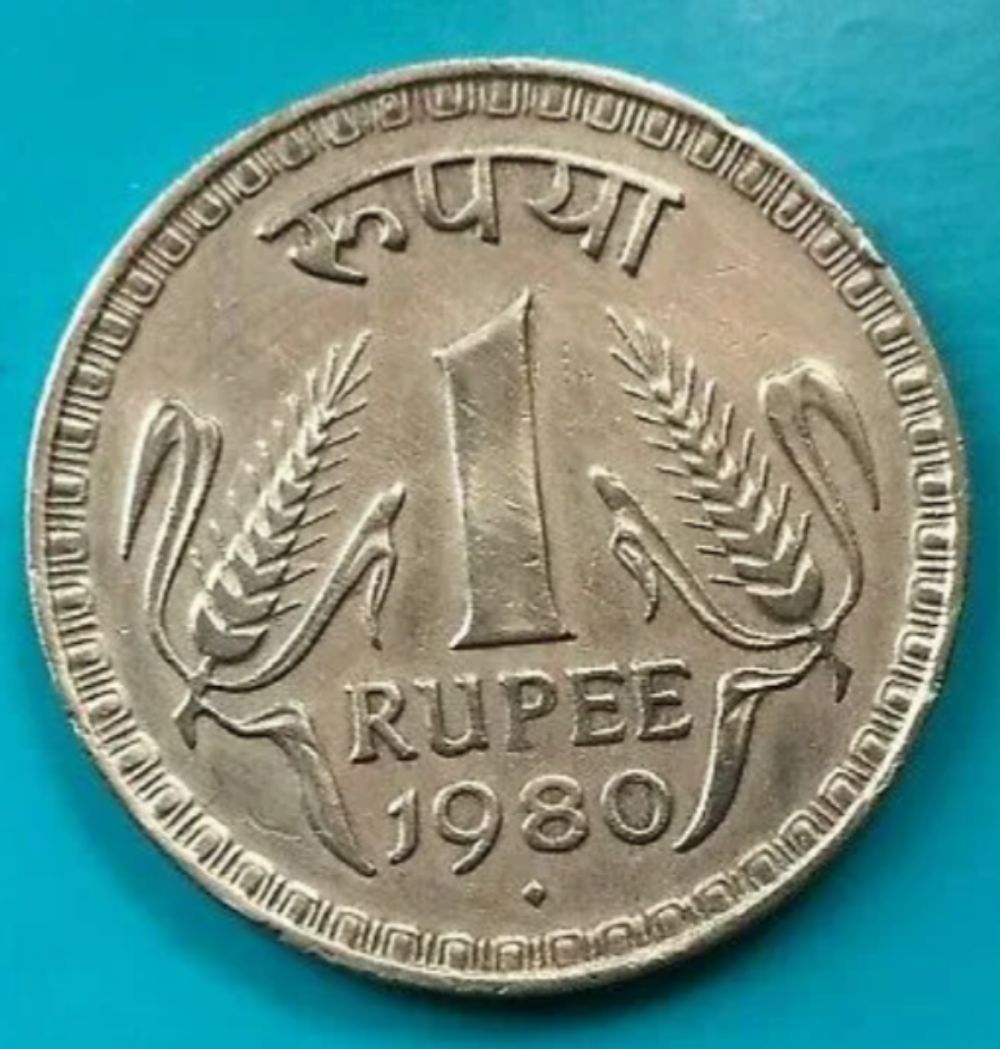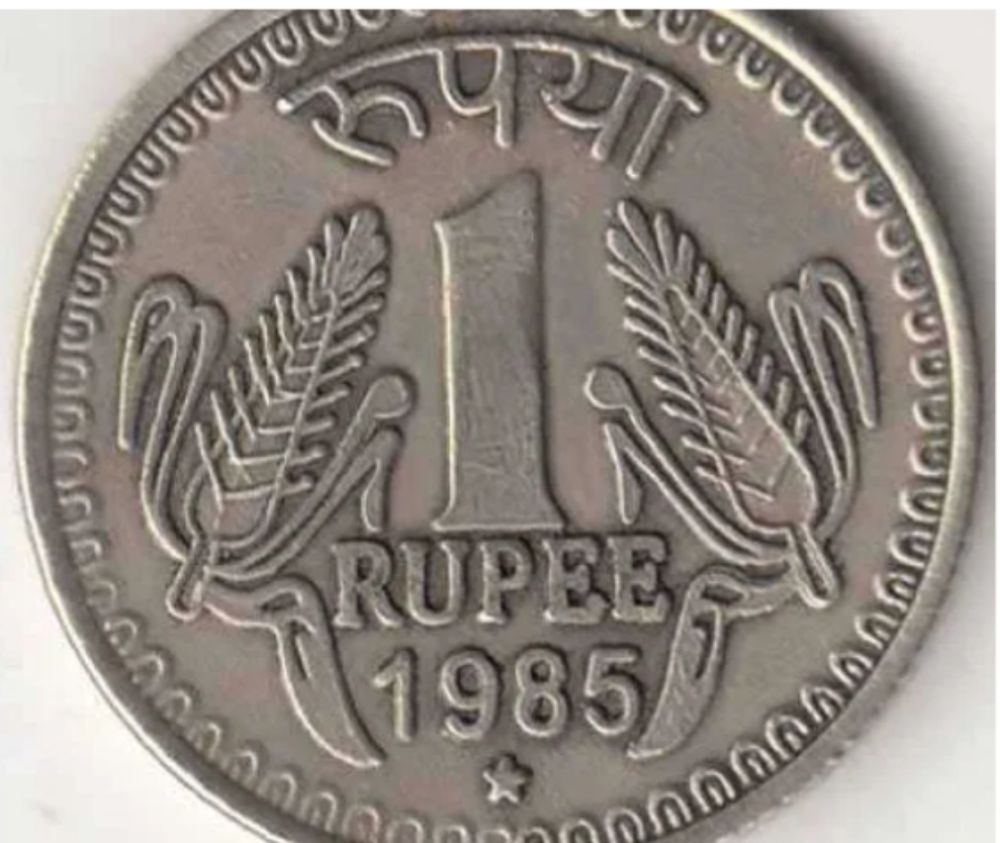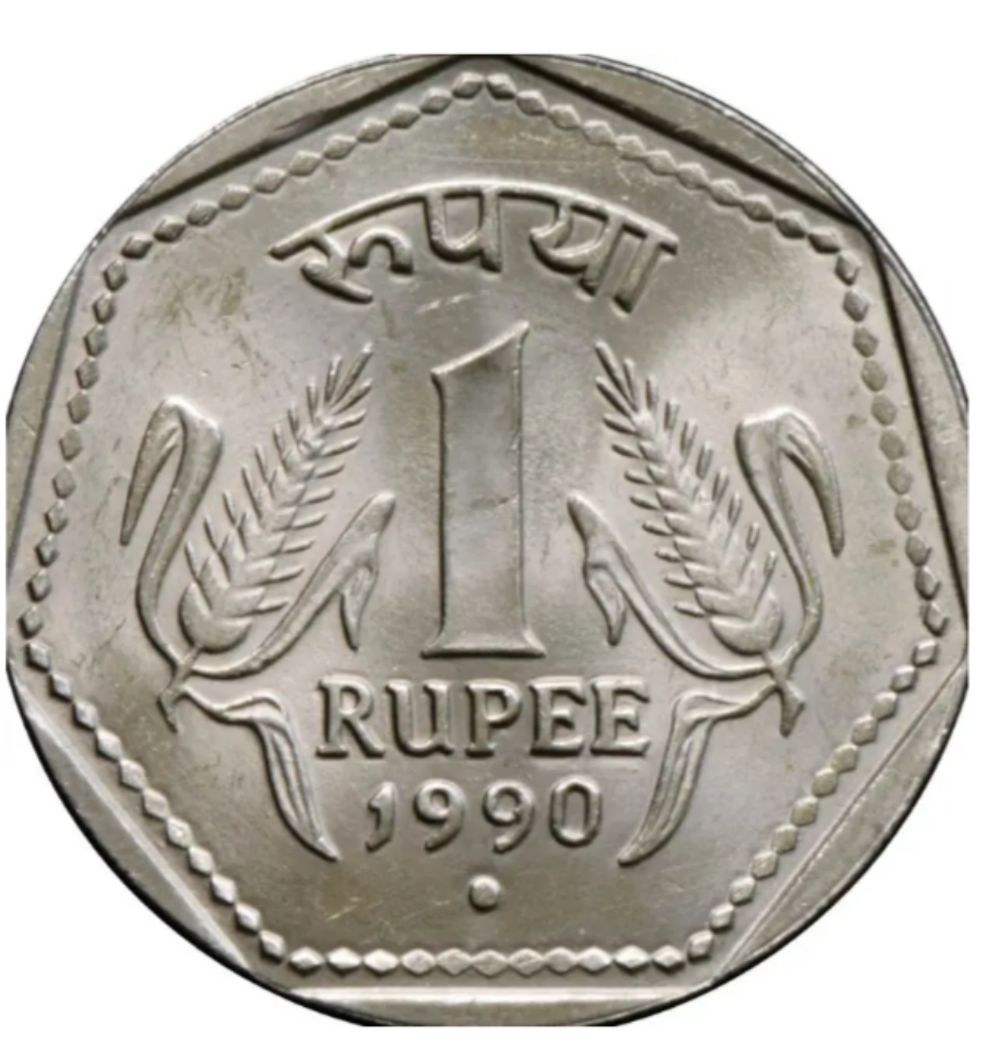

The Indian coins are minted through SPMCIL-Security Printing and Minting Corporation of India Ltd by four mints.
The coins with no symbols below are said to be minted in Kolkata mint. It was established in the year 1757.

The coins with diamond symbol below are said to be minted in Mumbai mint. It was established in the year 1829.

The coins with star or dot in diamond like symbols below are said to be minted in Hyderabad mint. It was established in the year 1903.

The coins with circular dot symbol below are said to be minted in Noida mint. It was established in the year 1984.

The Indian rupee - Official currency of the Republic of India.
Sher Shah Suri is the one who introduced the first rupee in India.
The first paper note was issued by the Bank of Hindustan.
The Reserve Bank of India is the one responsible for regulating currency-related provisions.
The Indo-Greeks were the first rulers in India to issue the gold coins.
The Currency notes aren’t made from regular paper.
Indian currency notes are made from a pulp that contains cotton, balsam, special dyes, and gelatin or polyvinyl alcohol. These ingredients help to increase the life of the notes by increasing its strength.
In order to celebrate the 75 years in the country, the RBI issued the 75-rupee coin in the year 2010.
In order to celebrate the 150th birth anniversary of Rabindranath Tagore, the RBI issued 150-rupee coin in the year 2011.
The first 1000-rupee coin was announced to commemorate the 1000-year history of the Brihadeeswara temple in Tamil Nadu in the year 2012.
In 2010, the government introduced the rupee symbol(₹)in india.
Indian constitution recognizes the 22 official languages and 15 of theses languages that appear on the Indian currency notes.
You can see a mountain peak in 100 rupee note , that is mount kanchenjunga. It is the highest mountain peak that lies partly in nepal and sikkim.

The RBI issued first paper currency note in January 1938- 5 rupee note.
The English and hindi languages in India appear on the front of the Indian currency note. The 15 official languages in India such as Assamese, Bengali, Gujarati, Kannada, Kashmiri, Konkani, Malayalam, Marathi, Nepali, Oriya, Punjabi, Sanskrit, Tamil, Telungu and Urdu. All of these that appear on the reverse of the Indian currency note.




